Notocactus Scopa: The Hardy and Exotic Cactus
The Notocactus Scopa is a low-maintenance, colorful cactus that adds character to a garden. Its compact size, yellow spines, and lovely flowers have popularized it among the majority of cactus lovers. It is a simple-growing cactus that is well suited for both beginners and experienced gardeners.
| Number of plants | 1 |
|---|---|
| Growing month | Feb to Oct |
| Temperature | above 30C |
| Sun | Under white shade net |
| Blooming period | spring |
Appearance and Growth
Notocactus Scopa, or silver ball cactus, is columnar with thick golden-yellow spine cover. It will be 12 inches tall and 4 inches wide at maturity. This one is well, symmetrical shaped, as a number of the cacti mature and become irregular.
It also has yellow flowers in the spring and summer at the crown of the plant. They are a splash of color, and the cactus looks even more gorgeous. It can even create offsets in the next stage, thereby reproducing itself.
Planting and Care
Notocactus Scopa is low maintenance. It thrives in draining soil, such as cactus mix, and requires a draining pot with holes in it to prevent root rot. Place it where it will get sun, at least six hours of sunlight a day.
Water sparingly. Water during growing season (spring and summer) when soil is quite dry. Less during autumn and winter when the plant is in dormant condition. Overwatering is the biggest mistake, so better safe than sorry.
Fertilize once a month in growing season using half-strength cactus food for good growth promotes it. Repotting every two years also gives the roots sufficient space to grow.
Disadvantages and Advantages of Cultivating Notocactus Scopa
One of the greatest things about this cactus is that it will do wonderfully with minimal work. It’s very resistant to disease and insects, so not much work is needed to maintain it. And since it’s such a tiny cactus, it’s ideal for small spaces, windowsills, or office settings.
Conclusion
Notocactus Scopa is an excellent choice for the person who wants to grow a stunning and interesting cactus. Golden spines, colorful flowers, and low maintenance requirements make this plant perfect. Inside or outside, this cactus adds character and beauty to any setting.
| Color | White |
|---|---|
| Growth Pattern | Globular |
| Ideal location | partial sun with white net |
| Origin Country | India |
Be the first to review “Notocactus Scopa cactus” Cancel reply
You must be logged in to post a review.





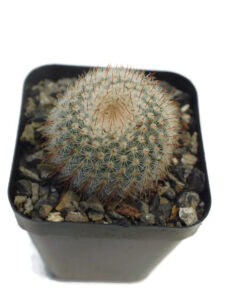


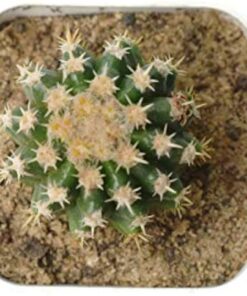

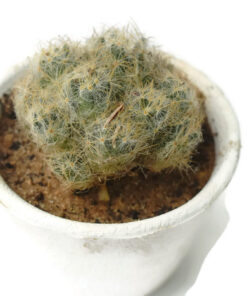

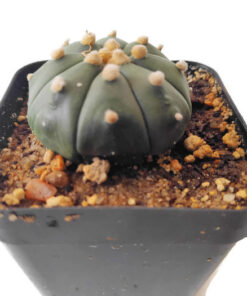
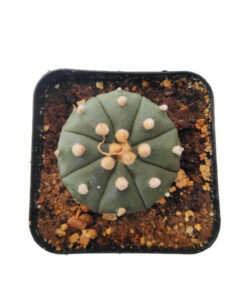
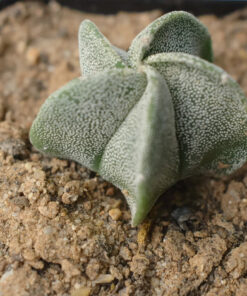

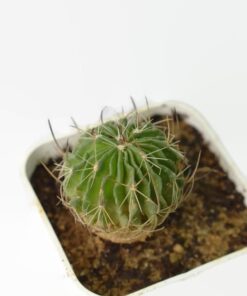
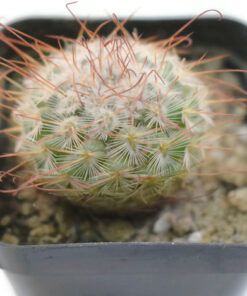

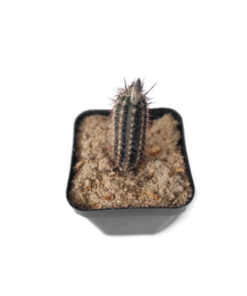

Reviews
There are no reviews yet.